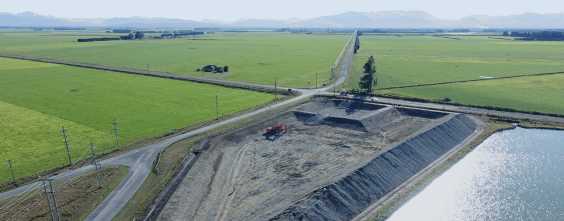The need to protect the Chesapeake Bay watershed and its vast ecosystem has been a top priority of government officials and watershed advocacy groups, leading to extensive efforts to restore multiple tributaries that feed into the bay.
One such waterway is Dead Run, a stream network in Catonsville, Maryland that was identified by the Baltimore County Department of Environmental Protection and Sustainability (DEPS) as a priority project. This designation was due to severe stream bank erosion, limited floodplain interaction, persistent tree falls clogging the stream, exposed sanitary sewer pipes and damaged storm drainage outfall protection.
Without intervention, the Dead Run system would continue to deteriorate, during which time substantial quantities of fine sediment, nitrogen and phosphorous from the erosion would flow into the Chesapeake Bay. These three contaminants are known detriments to the biological quality of bay as they drive turbidity and algal blooms that hinder submerged aquatic vegetation growth and the biological species dependent on that vegetation for food and shelter.
To reverse the deteriorating trends in Dead Run, WSP USA was contracted by DEPS to provide environmental design services for the rehabilitation of the stream. The firm was responsible for assessing the level of impairment within the stream, defining project limits for construction, development of proposed treatment concepts, preferred alternative design and consultation services during construction.
“Reduction of pollutants and the development of a healthy and sustainable stream system was the primary goal of this environmental restoration program,” said Justin Lennon, project manager and hydraulic structures/flood control national practice lead for WSP. “We developed a design for Dead Run using a hybrid approach that incorporates natural channel design methods combined with stream process-based metrics to produce an appropriate treatment for the system.”
Project goals included stabilization of the stream to reduce erosion and associated water quality pollution, development of a sustainable stream design, providing uplift to support aquatic habitat, reconnection of the groundwater levels to the riparian root zones to promote healthier buffers and aquatic habitat, and reconnection of floodplains to allow for high flows to spread outside of the channel.
Work began in 2012 when WSP performed an upland watershed investigation and a full geomorphic investigation of the stream network. The team’s primary discovery from the investigation was that flashy uncontrolled stormflows from the urbanized watershed were being confined to the stream channel and driving the severe impairments to the stream.
















